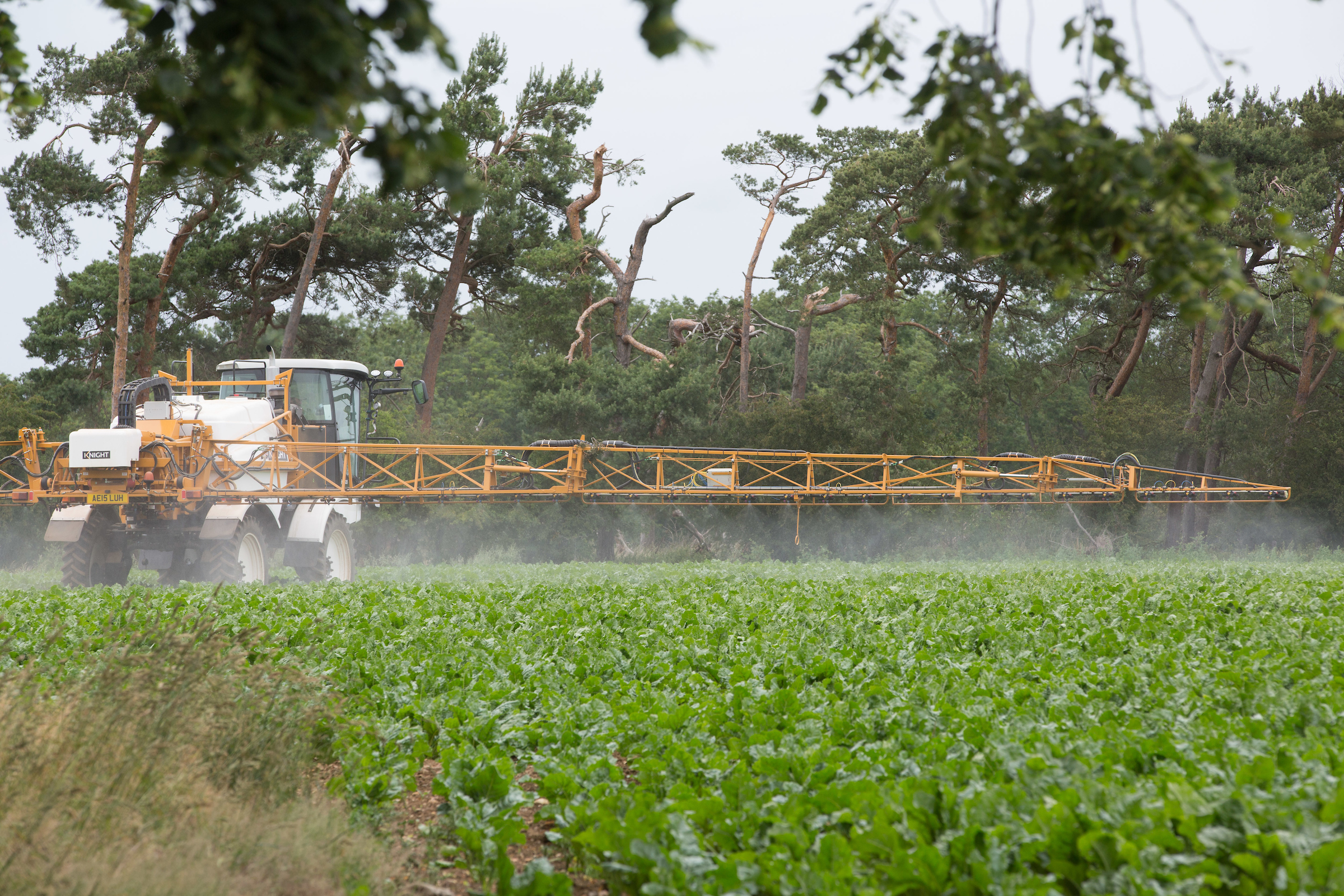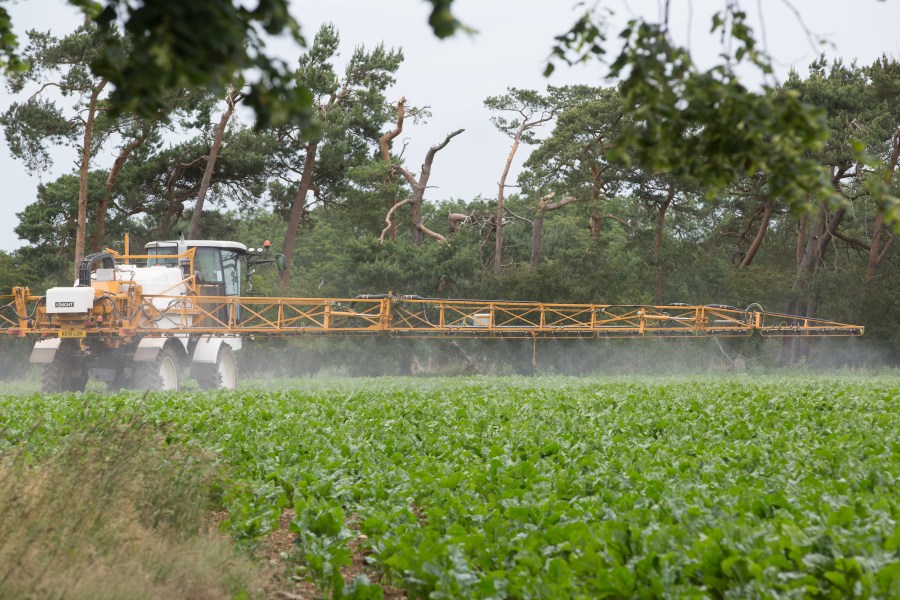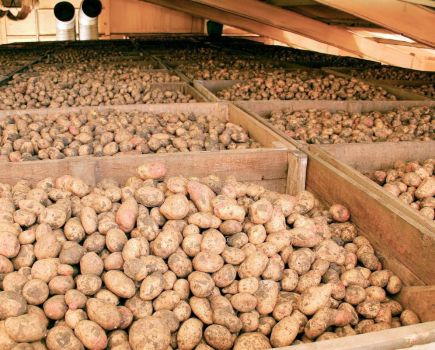 Crops drilled since the middle of April could be at risk from bean seed flies, with high numbers recorded in traps around Great Britain.
Crops drilled since the middle of April could be at risk from bean seed flies, with high numbers recorded in traps around Great Britain.
According to PGRO’s pest bulletin, host crops which may be at risk include Phaseolus beans, peas, broad beans, cucumbers, melons, spinach, onions, peppers, potatoes and maize.
Bruchid beetles may also be active after emerging in field bean crops as the weather becomes warmer – particularly in winter beans that are flowering. ”Insecticide sprays should be applied when the temperature threshold of two consecutive days at 20°C has been reached and around 50% of pods on bottom trusses are 2cm long,” said the report.
Spray timing
“To avoid risk to foraging bees spraying should be carried out very late in the evening or at night time.”
Reassuringly, pea moth numbers have been reported as low at several sites in East Anglia. Pea moth larvae cause damage to seeds as they develop inside the pod.
“Timing of sprays in peas is related to egg development, and this is affected by temperature,” said the report.
“Control of the larvae must be carried out following egg-hatch and before they reach the pod – the PGRO monitoring system will accurately predict this.”
On the predicted spray date, crops which are at the first pod formation stage or those that have flowered should be sprayed, and later crops should only be sprayed when they reach first pod formation. Crops with green pods are susceptible to damage.
Pea and bean aphids
Reports of pea and black bean aphids have been recorded in late April and May.
“Application of pirimicarb should be carefully timed to optimise effectiveness, as it is limited to a single application in beans and peas.
“Pyrethroids give only partial control of aphids. In vining peas, combining peas and field beans thiacloprid is available to control aphids. Care should be taken when applying insecticides to avoid harm to beneficial organisms.”




